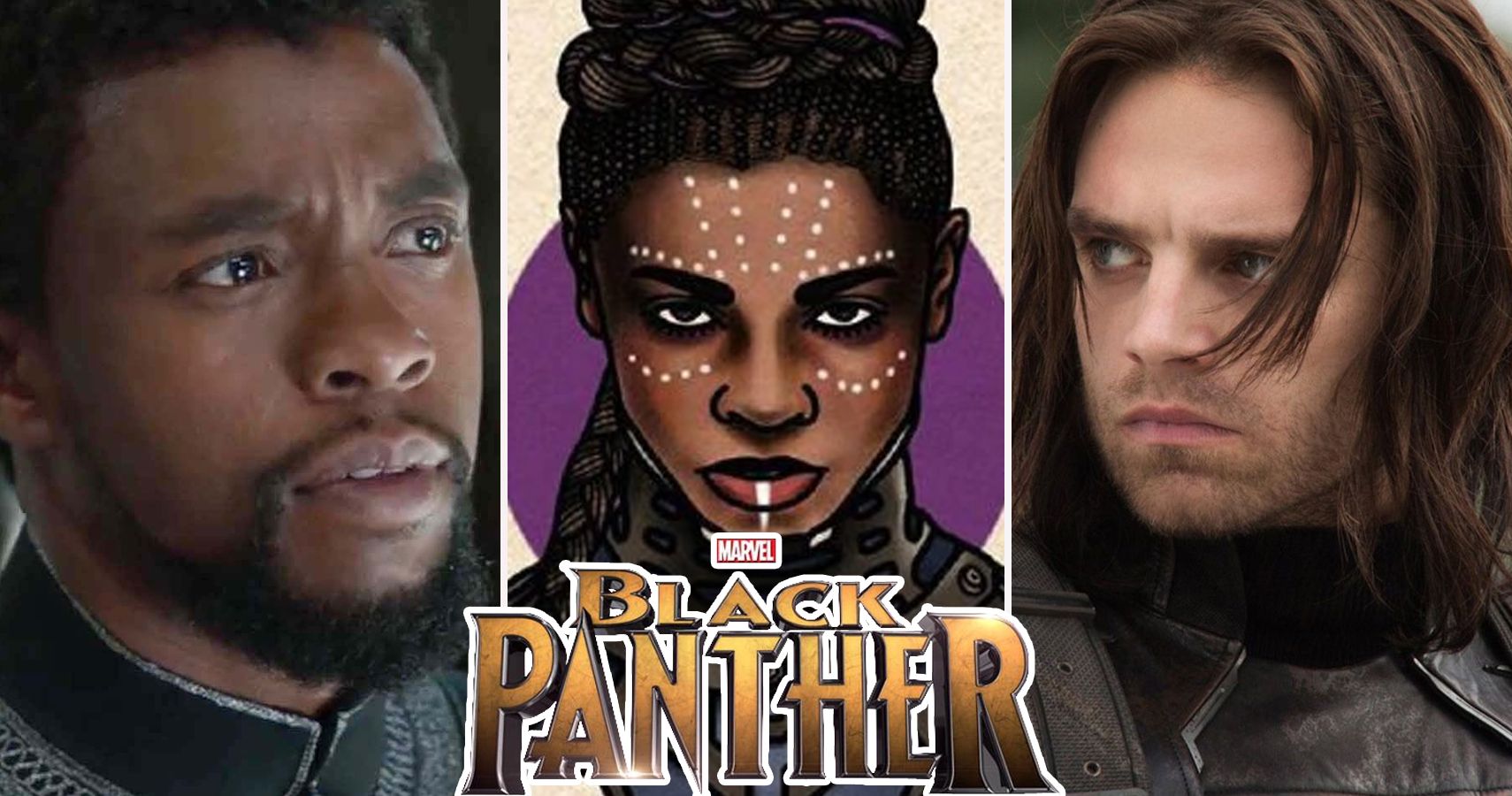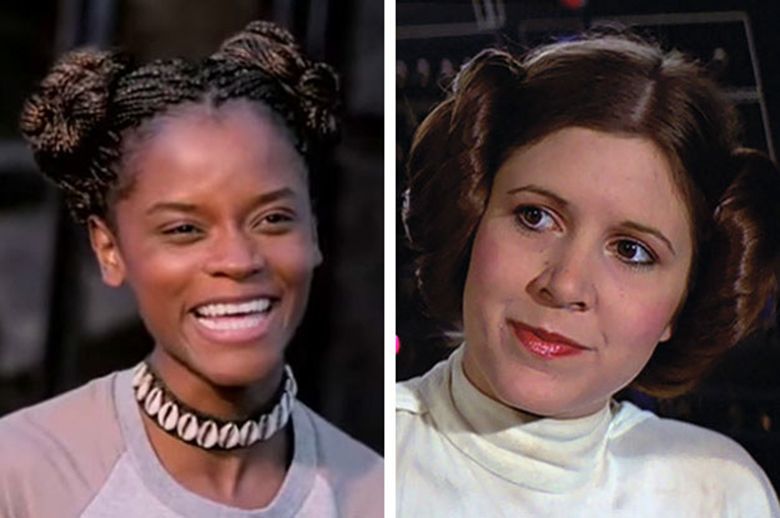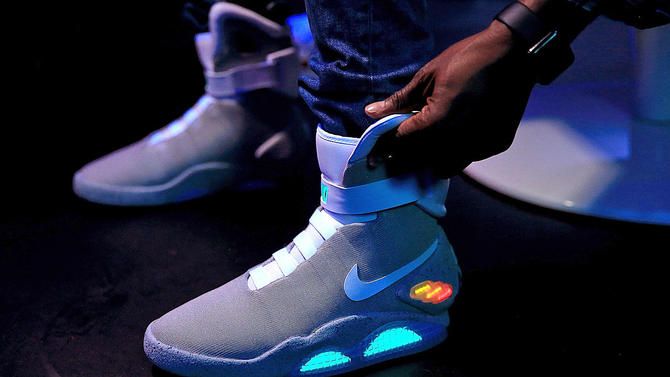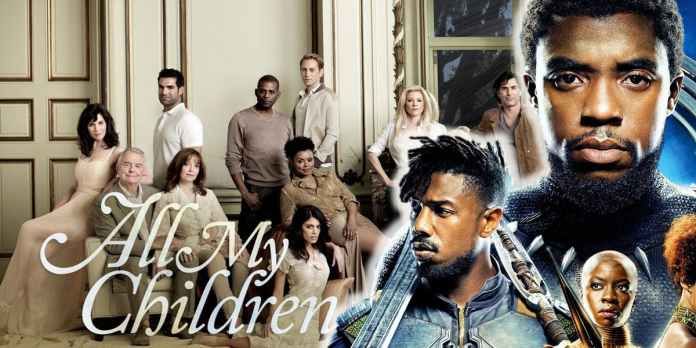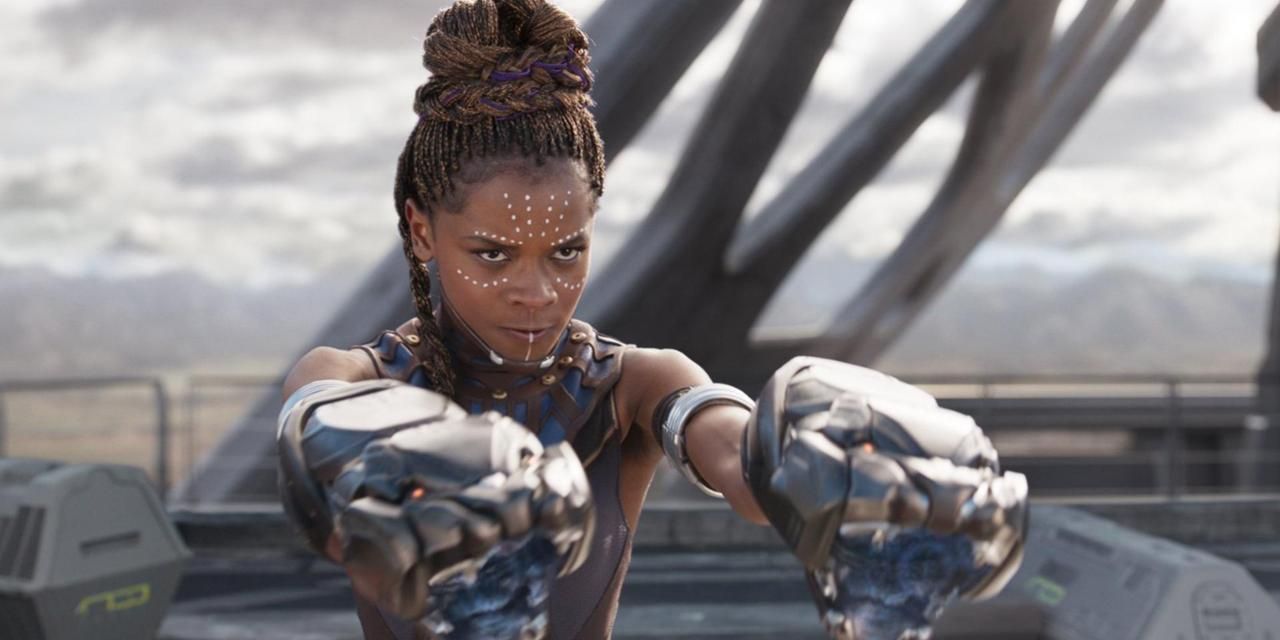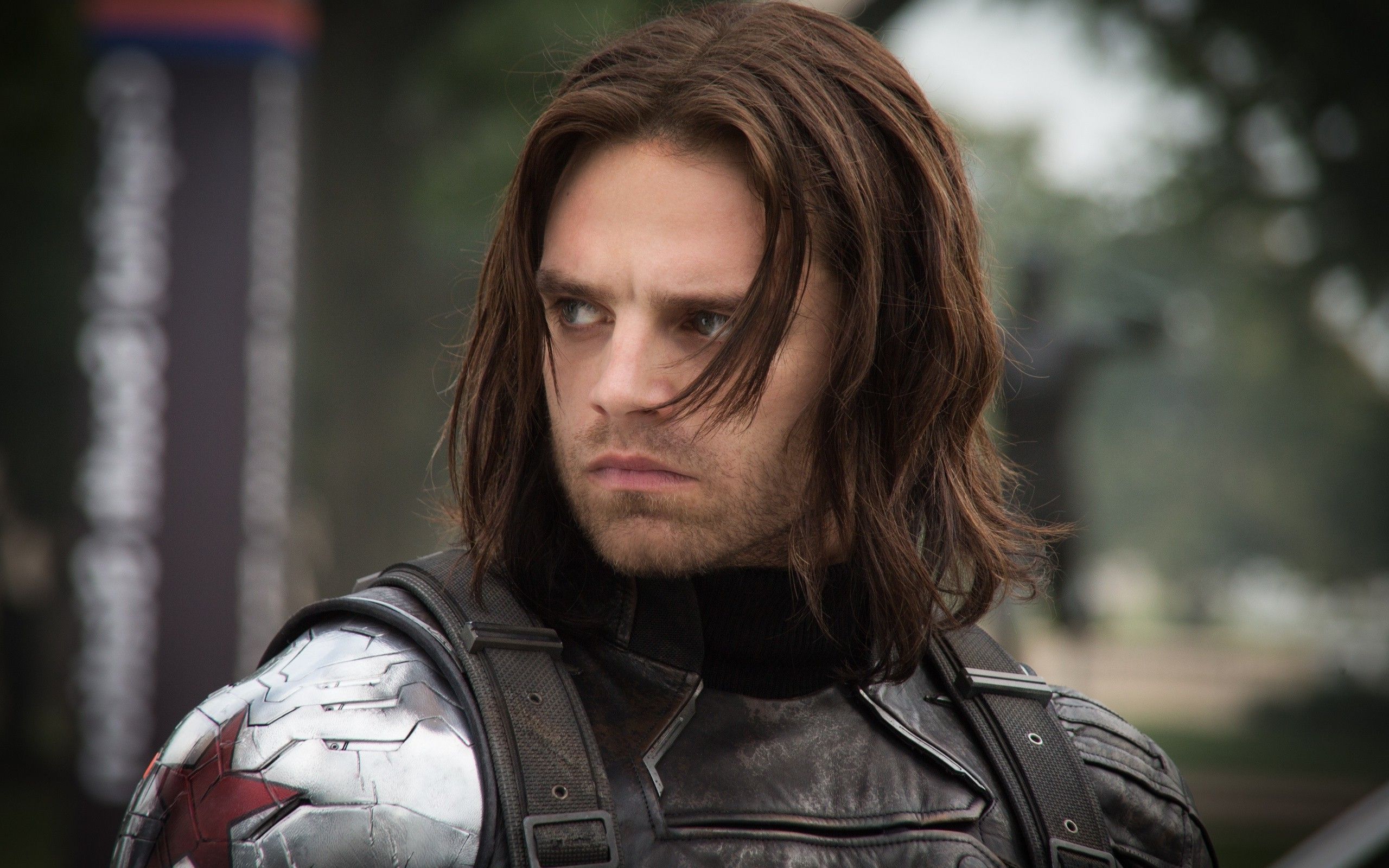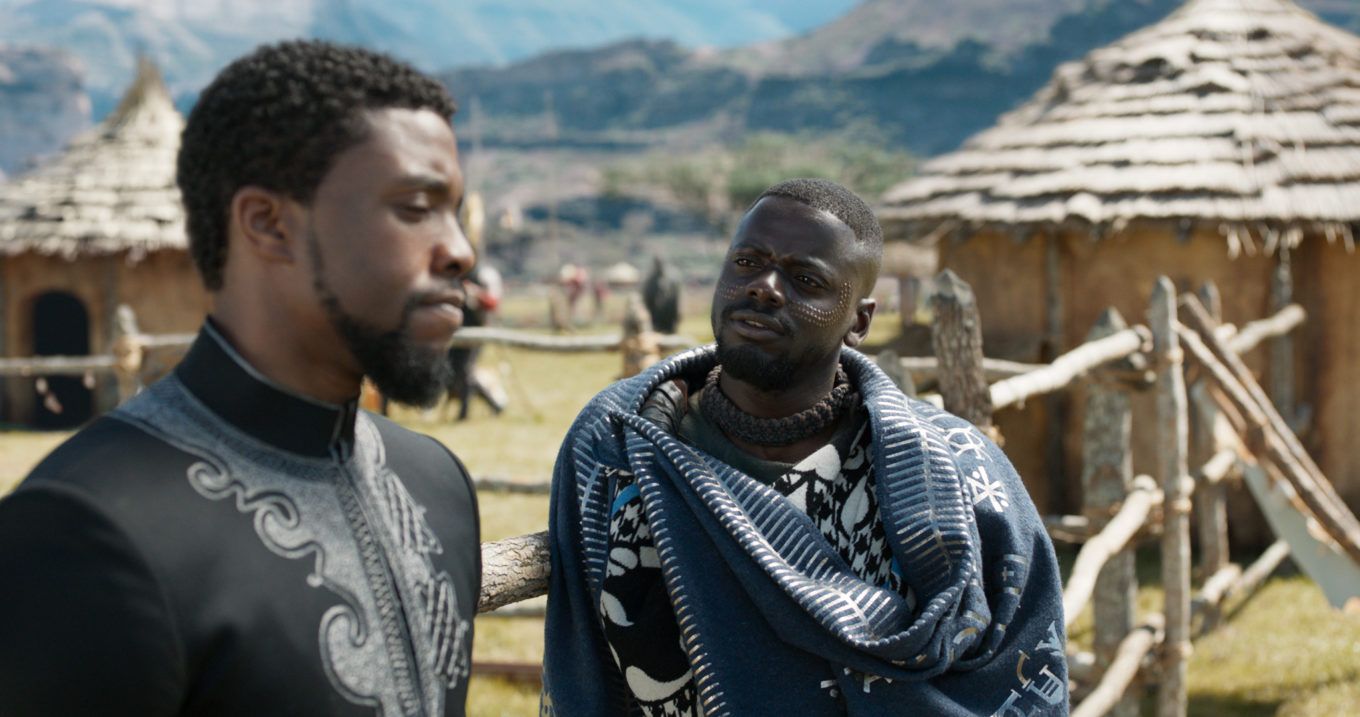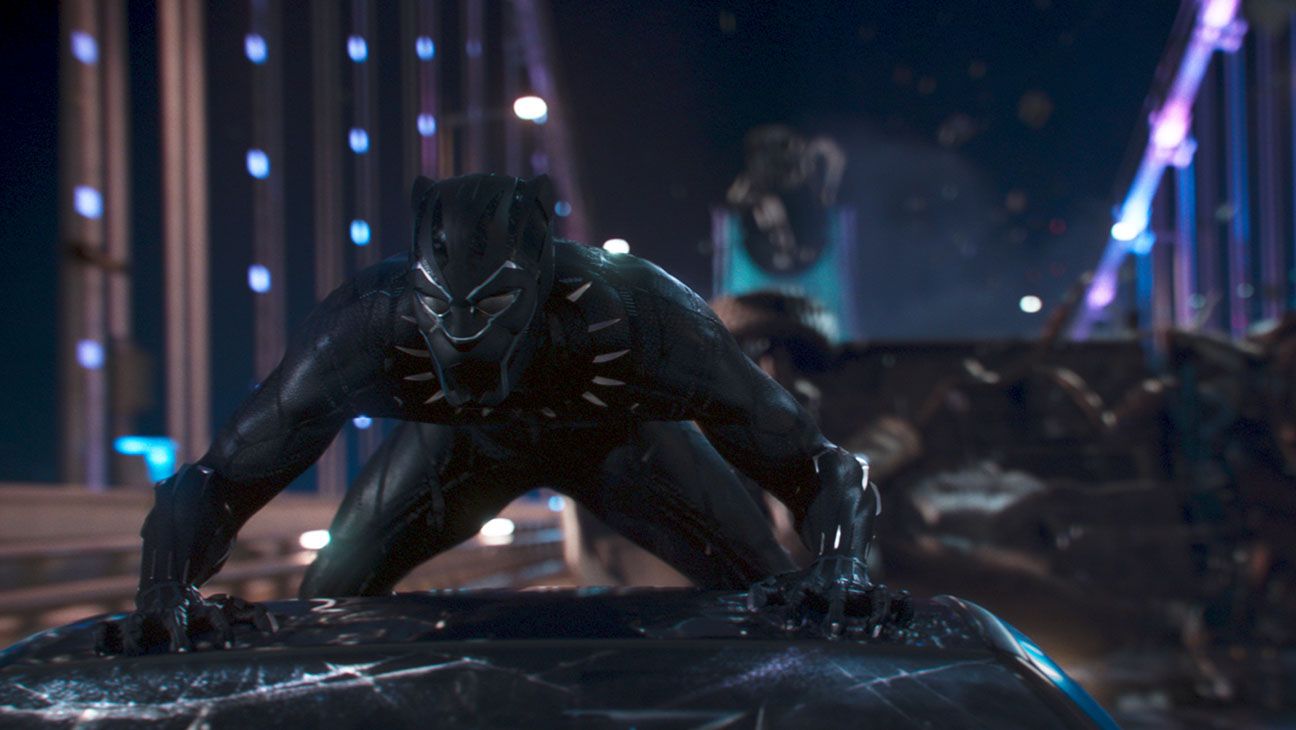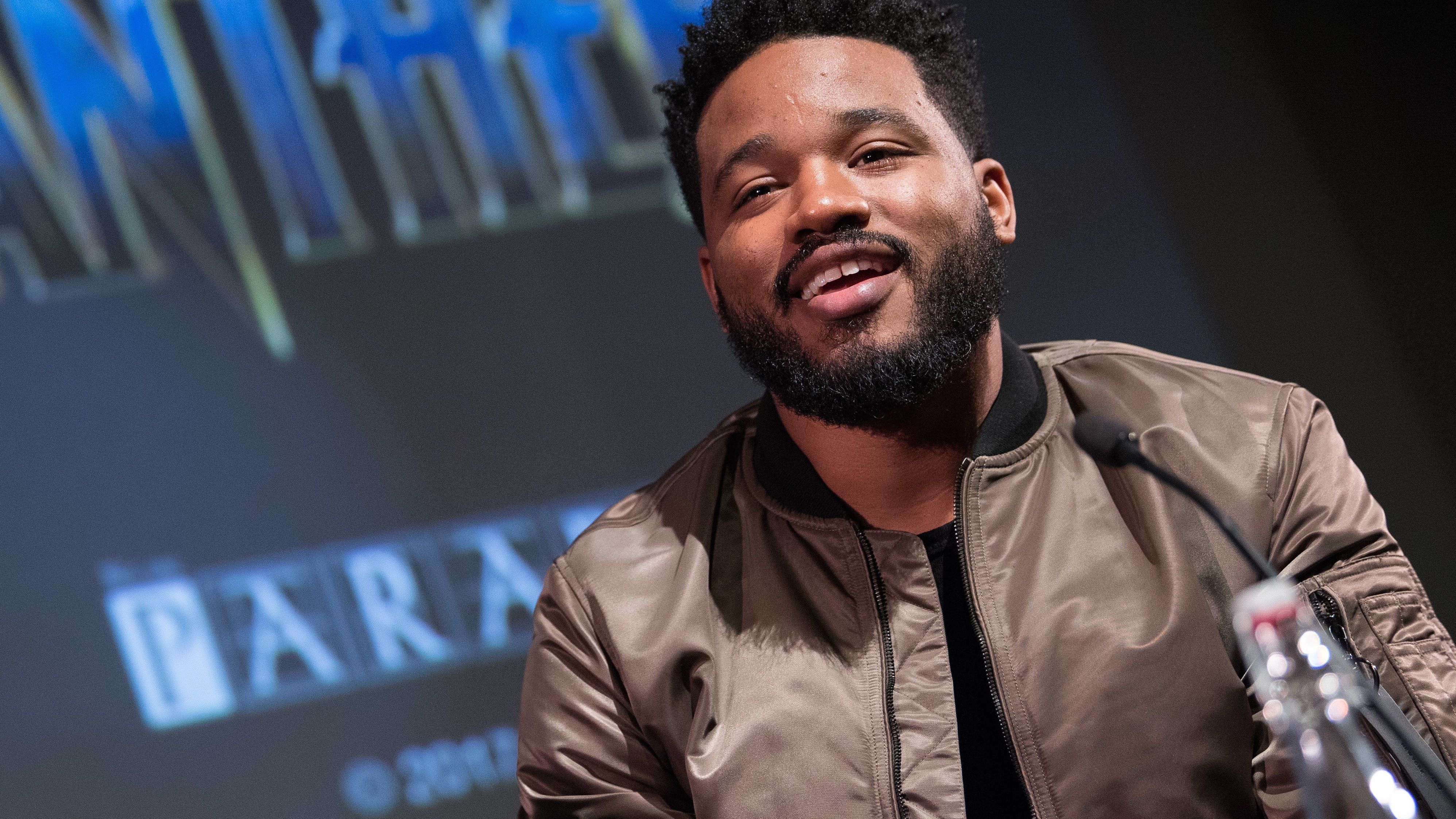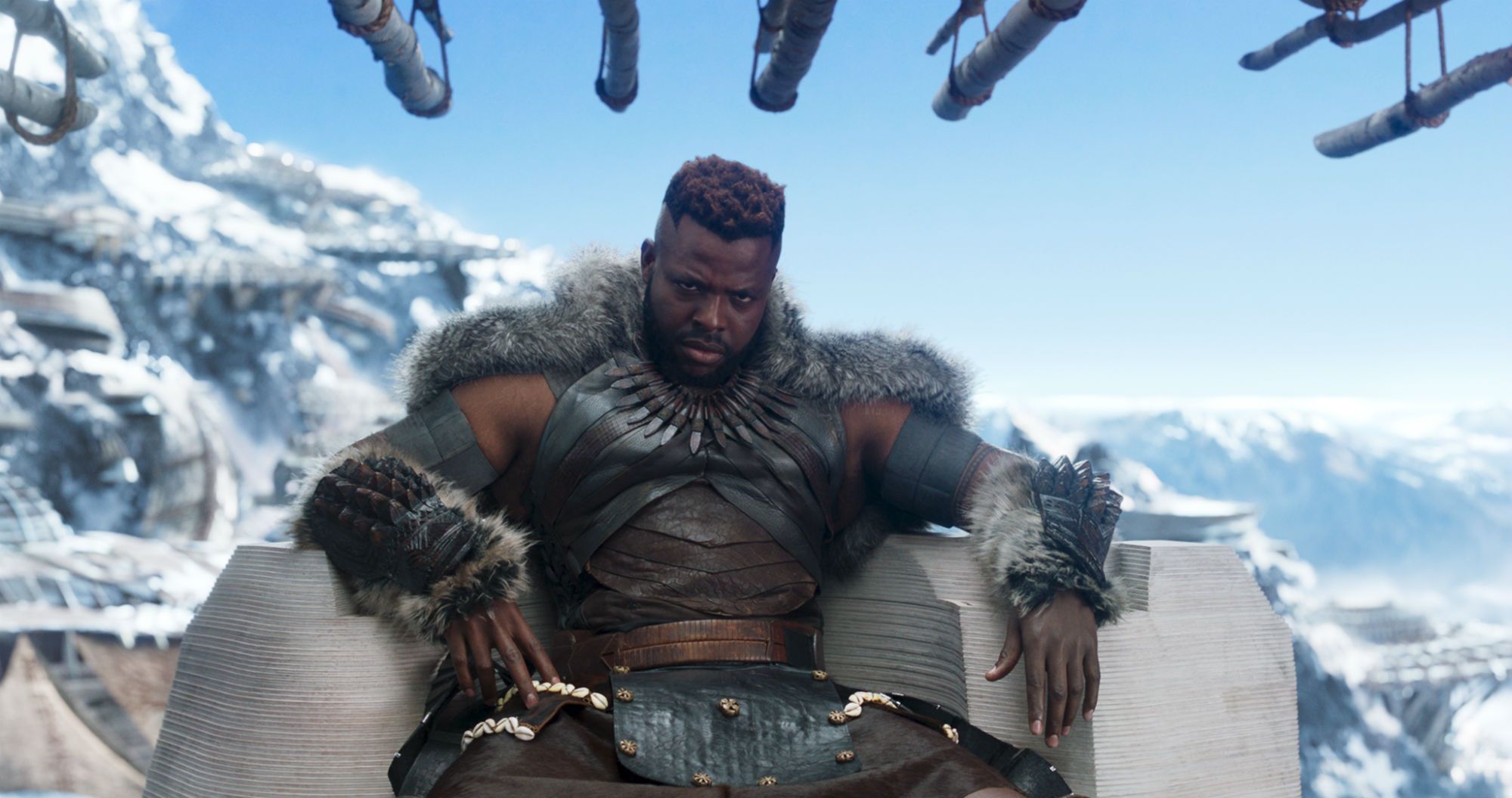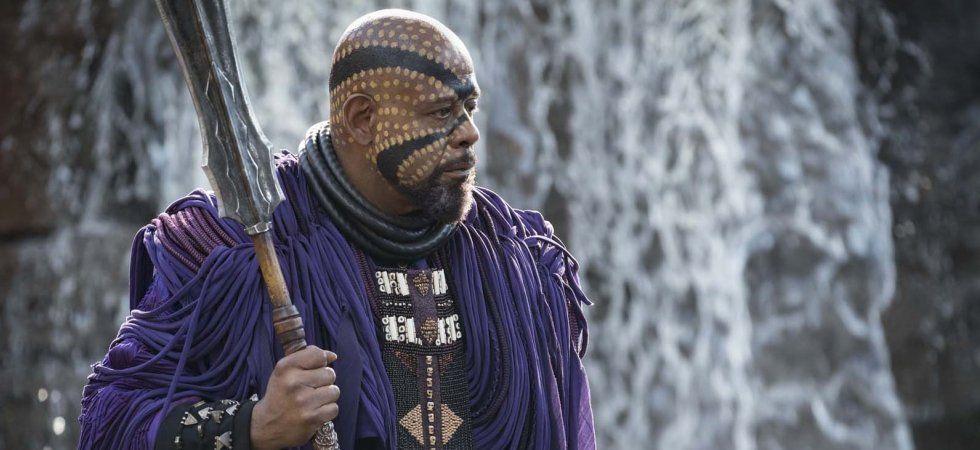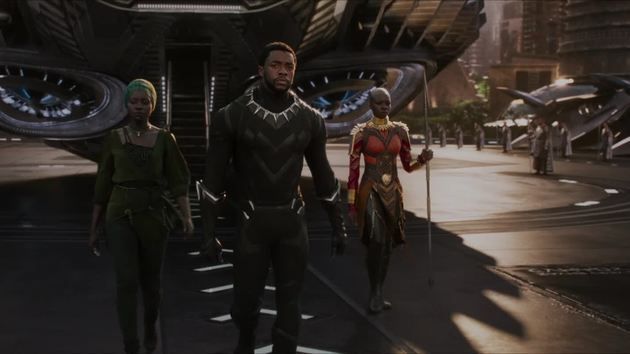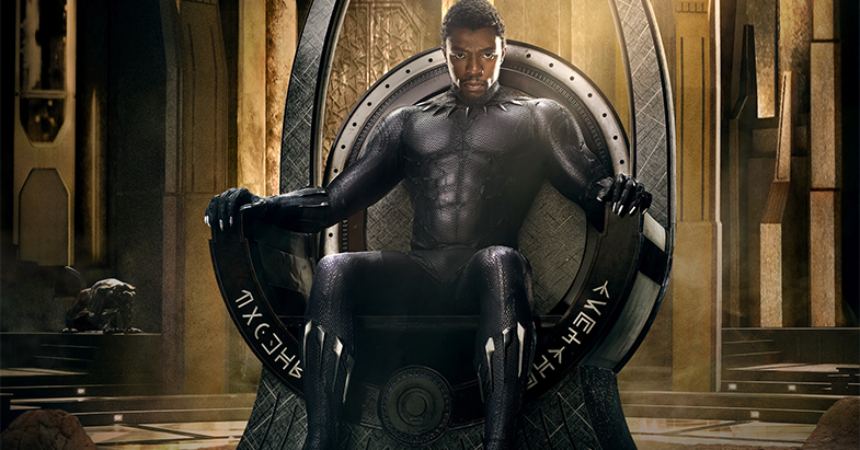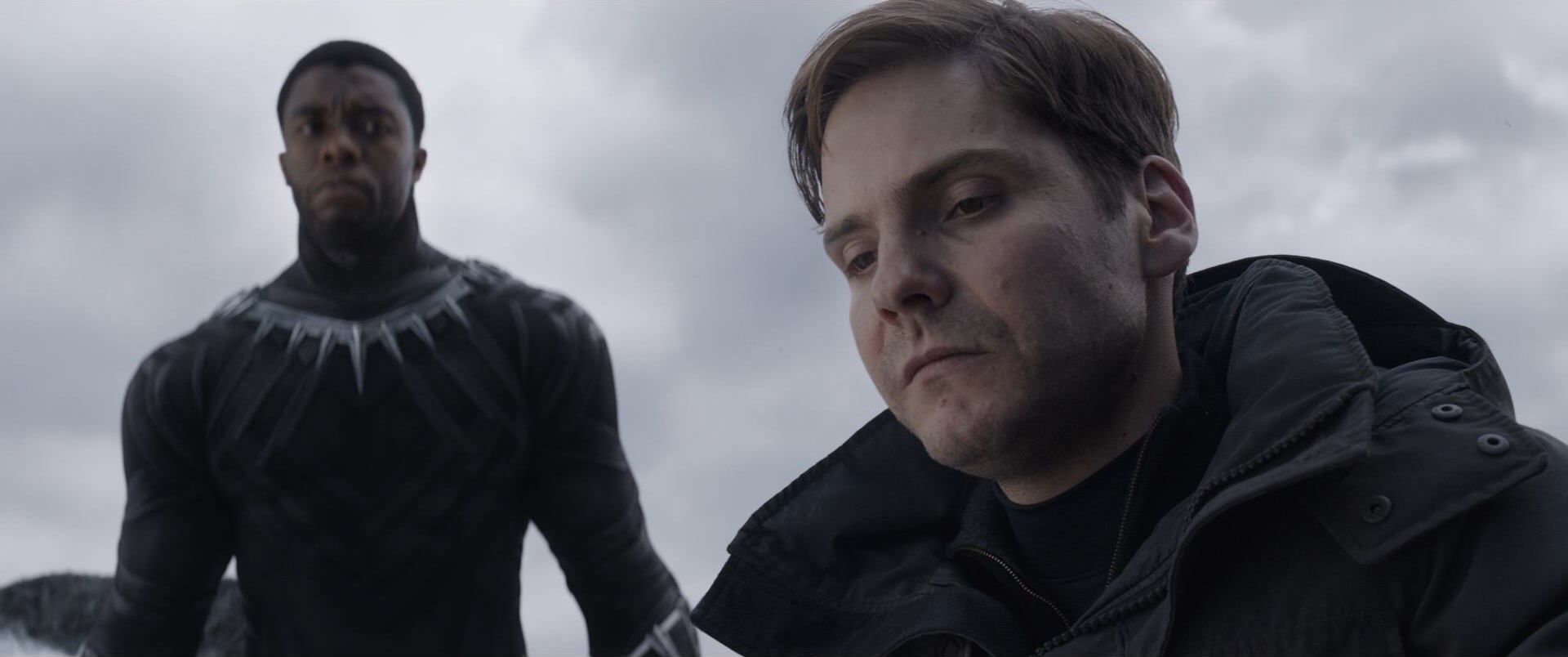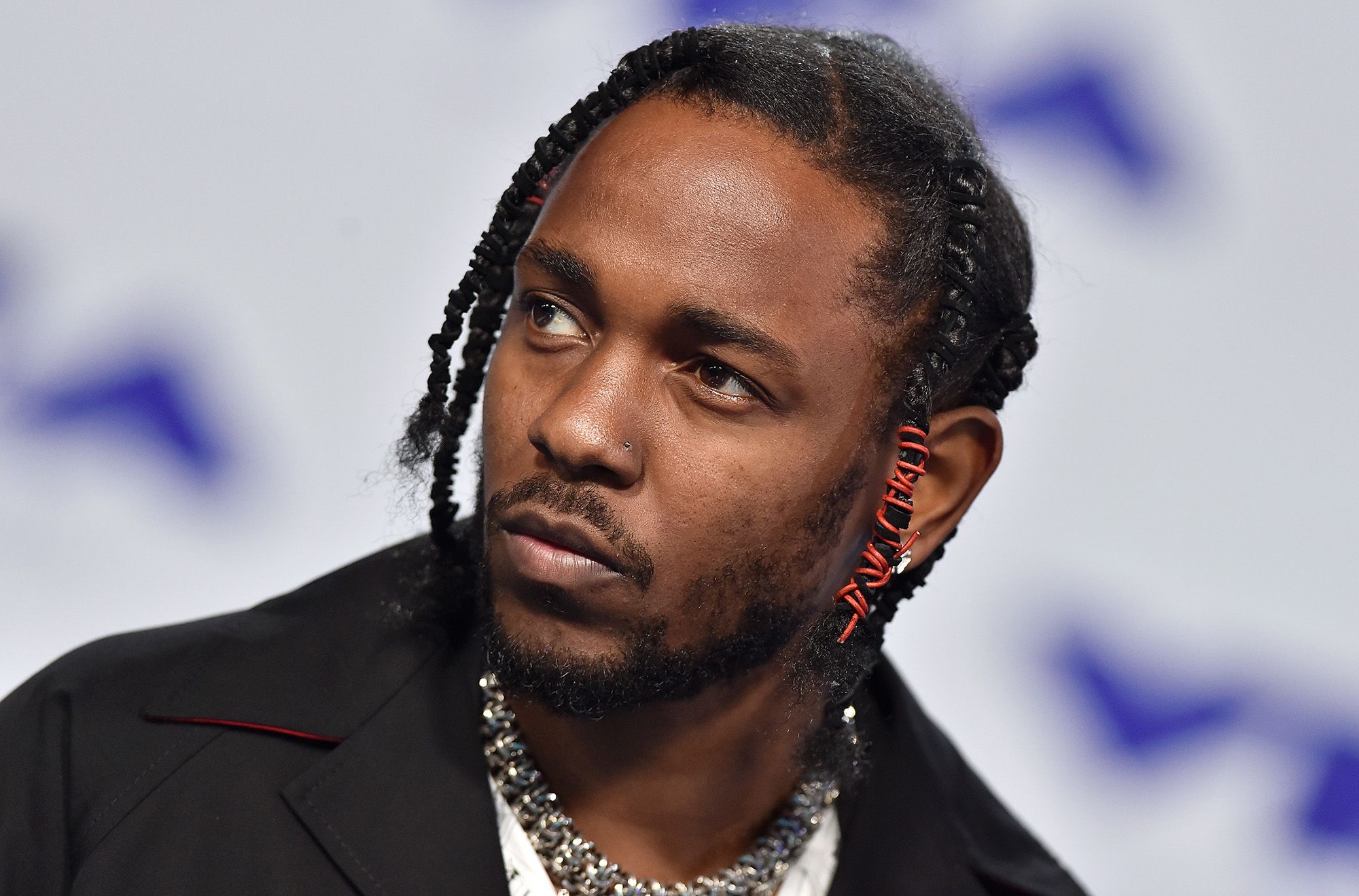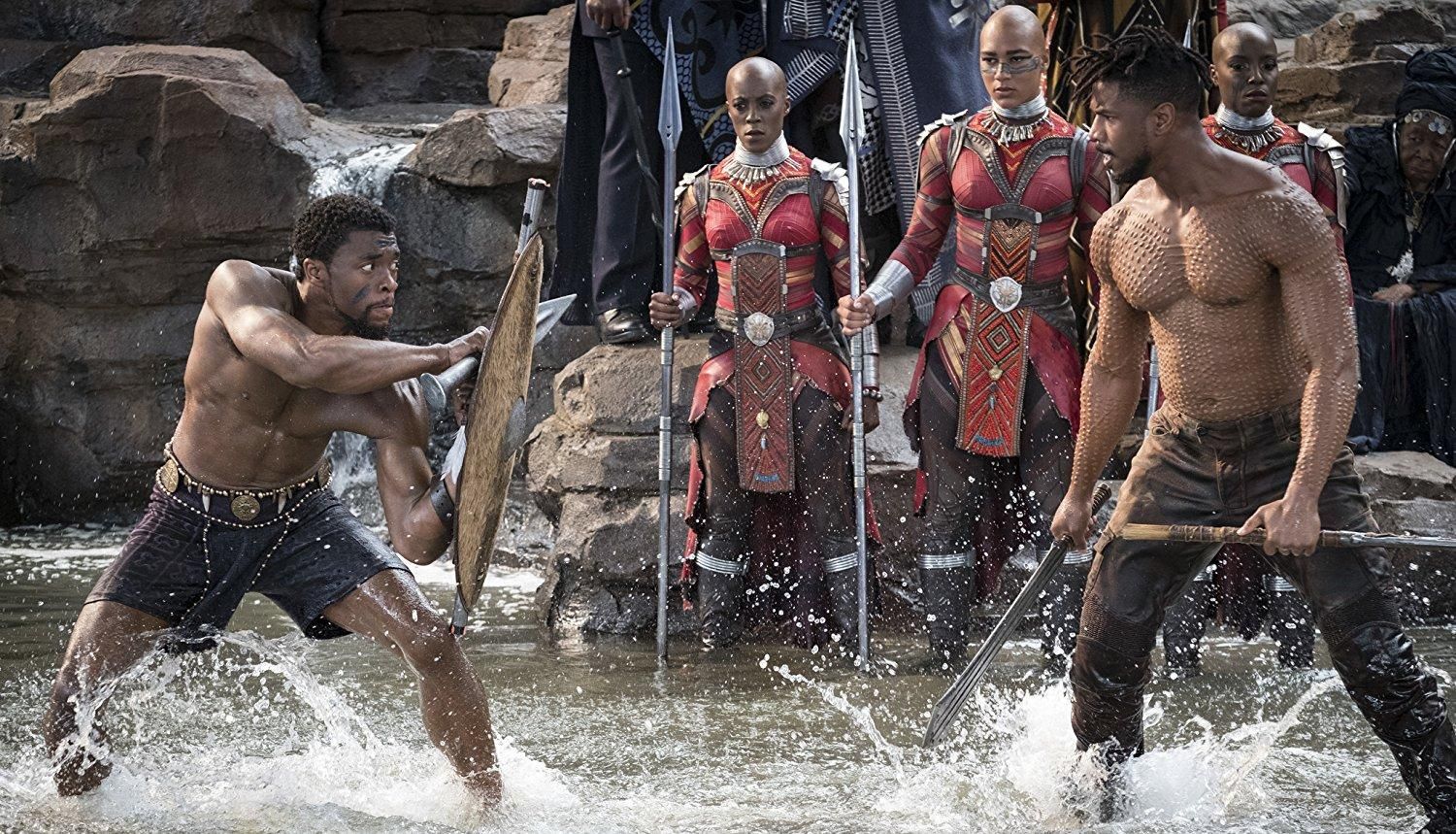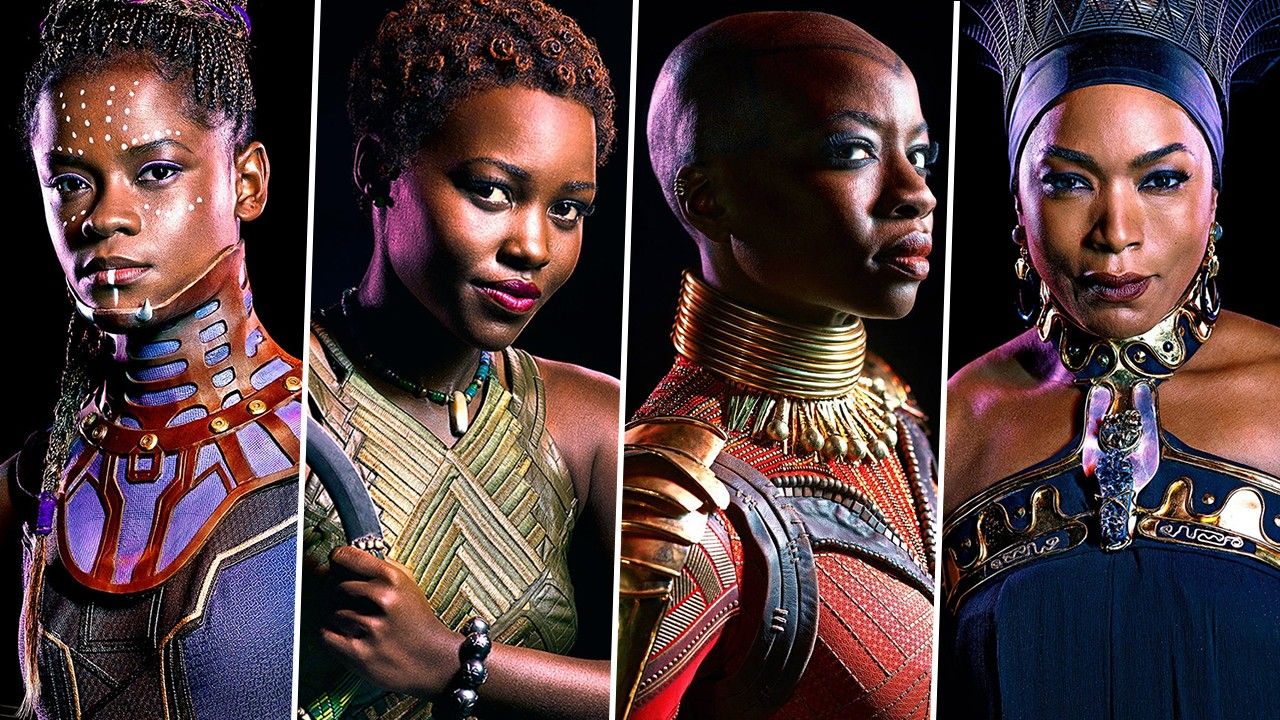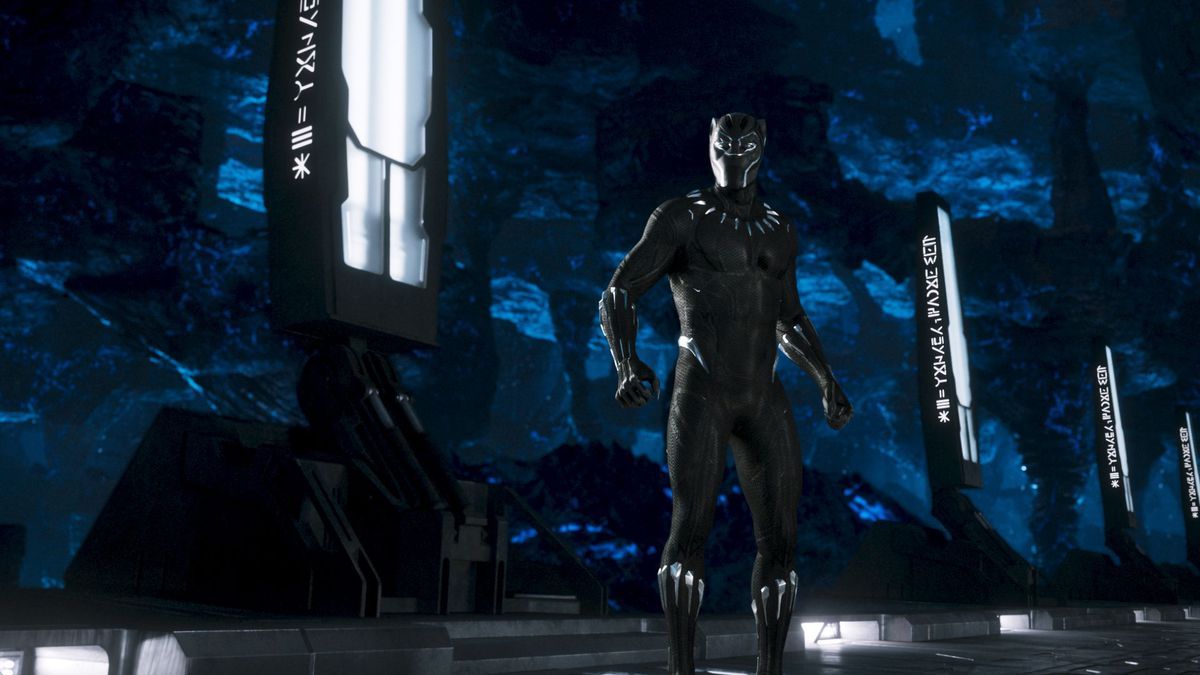There’s no escaping the epic reach of the current Marvel Cinematic Universe. What began as a single film over a decade ago has grown into the most impressively woven series of stories starring the most famous of comic-book characters.
Black Panther is the 18th Marvel movie to be released since Iron Man in 2008, and is right in “phase three” of the universe’s timeline.
There are many reasons why Black Panther was and is the most anticipated in Hollywood, let alone in the Marvel series. It features a black writer and director, an all-black leading cast, the first female Director of Photography to be nominated for an Oscar, extremely prominent female people of color in leading roles, a soundtrack by Kendrick Lamar (one of the biggest hip hop artists, and outspoken pop culture icons worldwide), and it’s a story celebrating the ancestry, and history of African-American culture (though they use a fictional version of it).
For a million reasons, this is a movie that would not (or could not) have been made in decades past. Mostly for the hierarchy of Hollywood, and the lack of diversity. But for millions of more reasons (and dollars) Black Panther has broken a ton of records. It even became the highest grossing superhero movie of all time, beating out 2012’s Avengers film, and cracking $630 Million in the United States alone. Notably, it’s still atop the theatre marquees and will continue to make ground on the all-time box-office list.
Here is a list of 20 amazing things you might not have noticed in Marvel’s Black Panther.
20 Princess Diaries
Black Panther does a stand-up job of ensuring that everyone can walk out of the theatre with at least one favorite character. Shuri, being the pinnacle connection to a younger audience in the film, is set up to bear some large weight. The film makers took notice to her role. Not only does she rule nearly every scene she is a part of, she has more costume changes than any other character in the film – most of them are epic and awesome.
Her biggest tribute is to the late Carrie Fisher, and her near mimic of the iconic Princess Leia buns.
The pivotal Skywalker sister is beloved by Star Wars fans, and rebels the world over. Princess Leia, or General Organa as she later became, is considered the one of the strongest female role models in all of science fiction.
19 Back To The (Panther) Future
After dropping a dope meme about her brother’s sandals, Shuri gets T’Challa to try on a new style of sneakers that automatically form around the wearer's feet. She then drops the “like the movie father loved” line, which is a nod to the self-lacing sneakers in Back To The Future.
The shoes used by the king in Black Panther are far more advanced than those in the Michael J Fox franchise.
Shuri's shoes look like just soles on the ground before T'Challa steps into them. Once in place, nearly the entire shoe generates out of the flat soles, and wraps itself around the wearer's feet. But the influence of Back To The Future is not lost in these epically awesome sound-defiant shoes. Shuri even claims to invent the term “sneakers” because her new kicks cancel all noise made by the shoes.
18 All My Wakandan Children
It’s no surprise that a lot of fresh faces to the acting world turn to daytime drama for a chance at breaking through a very difficult door into bigger things. Many of your favorite people in Hollywood, at one time in their careers, took unrecognizable roles on less than favorable shows. Actors Chadwick Boseman and Michael B Jordan (Black Panther and Erik Killmonger respectively) both, at different times, played roles on the daytime soap All My Children.
What’s more mind-blowing is that they portrayed the exact same character on All My Children.
In this universe, there can be only one. Add a waterfall trial by combat, and All My Children won’t have to deal with this angsty explosion of time-lines anymore. There are too many avenues to go down with this epically different cross-over event, but we’re sure it would be bigger than Infinity War.
17 What Are Thoooose?
Shuri, T’Challa’s little sister and princess of Wakanda, is a character that plays both the comic relief at times, but also the bridge for a younger audience. She’s a wickedly smart and sassy scientist, and is up there near the top of amazing women that young girls can look up to (which this movie is chock full of).
In keeping with her role as the connection to smart and young people, Shuri makes multiple “internet jokes” and relations to memes.
She even records her brother testing out his new kinetic armor, to presumably upload it online. But the best of them comes after T’Challa is named the new king of Wakanda, and visits his sister in her lab. She proceeds to yell “WHAT ARE THOSE?!?!” as the camera pans to T’Challa’s traditional sandals. He claims he’s trying “something traditional on his first day.”
16 Broken White Boys
Though this is the first stand-alone film starring the Wakandan nation and the Black Panther, there are plenty of small ties within the Marvel Cinematic Universe back to this world. Being the technological marvel that they are, Wakanda has quietly been at the forefront of the universe since Captain America stepped onto the screen with his Vibranium shield.
But when the Black Panther strike team return from Korea, they bring with them an injured Ross, played by Martin Freeman. Shuri says “Oh great, another broken white boy” referring to the Wakandans' involvement in nursing Bucky Barnes (the Winter Soldier) back to health.
The second credits scene depicts Bucky rising from sleep in Wakanda, where the children call him “White Wolf”. Fixing up these broken white boys is, as it turns out, Shuri's specialty.
15 W’Kabi’s Revenge
Daniel Kaluuya’s character, the long-time friend of T’Challa and pseudo-leader of the Border Tribe W’Kabi, has a sub-plot throughout Black Panther. Notorious Marvel villain Ulysses Klaue ended W’Kabi’s parents during the heist of Vibranium in previous Marvel movies.
When T’Challa sets off to capture Klaue, W’Kabi asks his friend to bring the bad guy back to him, so he could answer for his actions. But when T’Challa fails to capture him, all of W’Kabi’s faith and honor are thrown to the wayside for this stranger that arrives at the border of Wakanda with the body of the man he wanted dispatched.
It’s by far the weakest character in the main group, and this flip-flop of an arch is only used as a tool to give Killmonger an equal army against T’Challa and his army. It’s weak, W’Kabi, real weak.
14 The River Tribe Has No Armor?
Why does Nakia where Dora Milaje armor? Do the River tribe fighters not have their own? As a sleeper agent, or “War Dog”, we never actually see Nakia wear anything resembling armor. When we meet the character in the truck, she’s wearing something nondescript, and next we see of her she is in her ceremonial outfit for T’Challa’s swearing-in waterfall event.
In the promotional footage, and character posters, we see Nakia wearing something akin to armor – though it looks far closer to fabric.
There must be a reason that film writer Ryan Coogler decided to put Nakia in the Dora Milaje armor. Also, why did Shuri have a set of armor just sitting there in her laboratory? Perhaps it is a subtle message to the character herself. To fight against the throne, wearing the armor of the army sworn to protect it could mean more to the universe.
13 The CGI Is Unbelievably Average
No seriously, the CGI in the fight scenes and action sequences that involve Killmonger or T’Challa in their suits is downright dated, and it curtails the viewers' connection to the film. It’s an intense act of taking the audience out of the movie. The first instance of jarringly poor computer graphics is the shot from behind T’Challa on the waterfall platform where he looks up at the wall of people watching and chanting.
The added scenery near the top of the waterfall, along with the inconsequential background character are astoundingly bad. Then there’s the car chase, and anytime either of the Panther suits are worn by wither T’Challa of Killmonger. It’s hideous. It’s 2018! This isn’t acceptable in general, let alone for a multi-million-dollar Marvel movie. After great films like the Avengers, and more, this is unfortunate.
12 Snatchin’ Wigs
The Dora Milaje – a fierce clan of warrior women tasked with protecting the throne and king of Wakanda – are notoriously of the shaved-head style. In an attempt to capture Wakandan enemy Klaue, T’Challa, Nakia, and Okoye infiltrate a Korean underground casino.
Okoye makes jabs at the fact that she is forced to wear a wig to blend in, making snarky remarks about the “thing on her head”.
She eventually uses it against her attackers as the big fight sequence breaks out. She snatches her own wig! In the drag community as well as with weaves, the term "wig snatching" is often used in reference to someone absolutely slaying their performance or task at hand. So, when the best warrior in this film to begin taking on a clan of baddies by snatching her own wig, it becomes legendary.
11 Oakland Cooglers
Director Ryan Coogler introduced Oakland California as a pivotal location in Black Panther because he himself is from Oakland. Coogler thought that it would land the movie in its theme harder, and connect what’s going on within Wakanda to the real world we live in. His previously critically acclaimed movies, Creed and Fruitvale Station also take place in his hometown of Oakland.
This city in California is also the birth place of the real life Black Panther movement.
The empowerment of the African American community was a response to the consistent unfair treatment of people throughout America based on the color of their skin. There are a lot of parallels between the self-defence party and the superhero that share the name Black Panther. Coogler did not miss the opportunity to draw lines there, using some influential Black Panther Party imagery as inspiration for some of the films promotional materials.
10 Hunting Wolves
There’s a post-credits scene depicting again, the connection between Bucky and the Black Panther world. The children in the scene call the Winter Soldier the "White Wolf”, which in the comics is the name of T’Challa’s adopted white brother and side-kick.
Will we see more Bucky as his relationship with the Wakandans grows?
Will he take on the mantle of White Wolf? In the comic books, the White Wolf’s real name is Hunter, and he is a boy who survived a plane crash in Wakanda that killed his parents. The boy was adopted by Wakanda’s king T’Chaka, and grew up with his real son, and future king T’Challa. Though this isn't set up in the films, it’s not outside of Marvel’s wheelhouse to reinvent some back-story stuff for the sake of extremely intriguing time-lines.
9 M’Baku, The Man Ape We Needed
Much of what makes the cinematic universe that Marvel has been weaving epic is their ability to tweak and adjust worlds to fit like puzzle pieces within each other. There are too many nods and ties to name, but it makes a beautifully connected system of stories. One of their strongest tools is the adaption of established characters to fit better not only in today’s world, but in their movie universe.
In the comics, Man Ape is a pivotal nemesis of the Black Panther, though his character wouldn't have played very well in 2018. The films creators gave us the best version we could have ever asked for. As the leader of the mountain tribe, M’Baku embodies the strength and ferocity of the bad guy from the books, but truly shifts and acts like a well-rounded character.
8 Forest Widowmaker
The beloved actor Forest Whitaker plays the Wakandan King’s head priest, and ceremonial leader, Zuri. Eventually, it’s revealed that his role in the movies plot is pivotal, being that he is partially responsible for the mission that Killmonger is on. What’s strange is that, even though young Zuri and T’Chaka (the previous king of Wakanda) made mistakes that lead to current events, at no point prior to the supposed disappearance of T’Challa did Zuri attempt to atone for said mistakes.
Could a simple conversation with Killmonger stopped the battle for the throne?
Instead, Zuri steps up during the fight, and takes responsibility for his actions, only to be stuck with the pointy end, and that’s it. The end of Zuri is sticky, and sloppy. We’d chalk it up to lazy writing, or maybe Whitaker was done spending hours a day standing in shin-high water.
7 True Pride Of Africa
There is a lot of African pride in this movie. There are plenty of highlight headlines that set this movie apart from not only other Marvel films, but main-stream cinema in general. Director Ryan Coogler and Director of Photography Rachel Morrison always made sure to put T’Challa (in black) in the middle of Okoye (in red) and Nakia (in green), making the Pan-African flag with their colors.
The flag itself was created in the early 1900s as a way to unify those with of African race, or of African ancestry.
According to the history of the flag, red symbolizes the color of pain, which must be shed for redemption and liberty, black represents the noble race they belong to, and green signifies the lush vegetation that grows in the motherland.
6 Fairytales That Shape Motivations
The intro cinematic video that explains the history of Wakanda is narrated by the N’Jobu character, and that is easy to miss the first time around. N’Jobu is the father of Erik Killmonger. “Can you believe that? A kid from Oakland walking around believing in fairy-tales?” he would later say.
Turns out that intro sequence wasn't for us, and that the fairytales were N’Jobu's way of telling his young boy about his home.
This isn't a gift for the fans to better understand the meaning of Wakanda, and the magic of this land. Rather, it’s the main ingredient in the recipe for Killmonger’s obsession with the overtaking and liberation of the Wakandan people. The father he lost loved his home – as is evident in the way he speaks of it during the opening – but when it is his home that end him, young Eric begins his plot for revenge.
5 Civil War
We were first introduced to T’Challa and the Black Panther hero in Captain America: Civil War, as the pinnacle plot-point of the bombing at a UN meeting set in motion the revenge mission T’Challa sets out on during the film. Eventually, learning that Bucky is not responsible for the end of his father King T’Chaka, Black Panther confronts the real assailant at the end of the movie.
He even spares his life, after realizing that they were very similarly blinded by revenge. Baron Zemo, the man responsible for T’Chaka’s end makes a cameo appearance at the beginning of the film as T’Challa watches news broadcasts about the attack on the UN whilst on his ship.
4 Stay Humble
There’s a lot of cross-pollination with the messages of the film, and the musical artist in charge of the films official motion soundtrack; Kendrick Lamar. The rapper is extremely (and rightfully) outspoken about the perception and treatment of black people in the world today, especially in America.
If you cross this with the subtle connections that the filmmakers have made to the American Black Panther Party, and with their attempts to liberate African Americans from the vice they were clamped in, you get a mixed bag of strong messages.
In addition, Black Panther circles the main theme of how African descendants are treated in places outside of Wakanda, so we couldn't think of a better artist to take charge of the musical aspect of this film. The films score was even made with proper traditional musical instruments.
3 Never Meet Your Heroes
One of the more powerful parts of T’Challa’s arch in the Black Panther movie is that the character himself not extremely likeable. So many of Marvel’s perfectly curated super heroes fall into the John Everyman protagonist display (aside from Tony Stark’s narcissistic cycle).
But T’Challa is afraid, he does not want to be king, and only uses the Black Panther abilities to seek revenge.
It’s refreshing to see flawed heroes. In the fight sequence on the waterfall between Killmonger and T’Challa, the downfalls of their leader are made obvious to the audience. It is clear that some of the tribes believe that Killmonger makes a stronger leader as well, with the Border Tribe falling in-line with the visitor from America almost immediately.
2 An Empowered Hollywood
A shift is happening in the world, and it is louder than ever in Hollywood. Where a long-standing history of unfairness once stood, voices can be heard calling for better treatment and for the rise of screen time for people of color and women. The abundance of absolutely awesome female leads in Black Panther truly wowed us.
They are the best fighters, funniest characters, smartest people, and make some of the most meaningful choices.
Black Panther landed in theatres with a lot of weight on its shoulders as it has since become the highest grossing Marvel movie in America. It has a nearly all-black cast, and speaks into issues regarding the dissolution of African-American heritage. No longer can Hollywood executives claim that people don’t want female leads, or people of color in leading roles.
1 Underground Railroad
We've covered a lot of different connections between the fantasy world that is Black Panther within the Marvel universe, and the real-world issues and causes it relates to. Some of them, like the Black Panther Movement and Killmonger's message are a bit less obvious.
In a less subtle nod to the subtext of the film, Ryan Coogler set the final battle between Black Panther and Killmonger on an actual underground railroad. Nail, meet hammer.
In the mid-19th century, an underground system of tunnels and paths were created and used by freedom fighters to transport escaping people to safety. This final battle sequence signifies a lot of change in the world of Wakanda, and the freeing of Eric Killmonger’s soul in an echoing metaphor of his ancestors.

